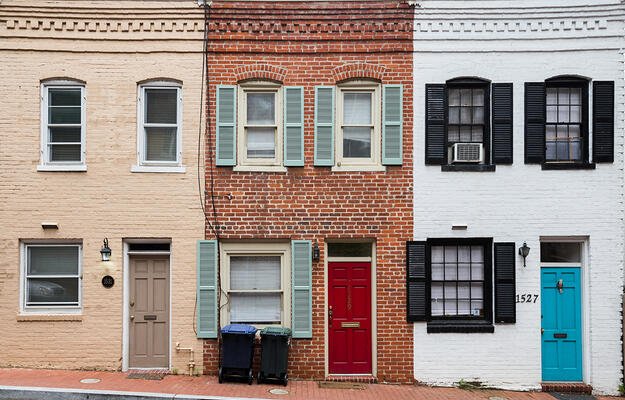
(Gorodenkoff/Shutterstock)
What Effects Could a Growing Senior Population Have on the Housing Market?
- Title:
-
Senior Housing and Mobility: Recent Trends and Implications for the Housing Market
- Author:
-
Jung Hyun Choi, Laurie Goodman, Jun Zhu, John Walsh
- Source:
- Publication Date:
-
2019
The senior population in the US is growing quickly and is expected to reach 33 percent of the population by 2040. This demographic shift is leading to changing trends in housing needs and preferences. This Urban Institute study assesses how these trends vary between age groups, as well as how the increasing senior population will affect the housing market.
The authors primarily use data from the Decennial Census and American Community Survey for population estimates and demographic trends and supplements analysis with data from the Survey of Consumer Finances, the Panel Study of Income Dynamics, and the Current Population Survey to examine seniors’ income, financial situations, and housing preferences. The authors categorized seniors into three age ranges—55 to 64, 65 to 74, and 75 and older—to observe differences across age groups. They focus on aging in place, housing conditions, and mobility. In addition to this analysis, the researchers explored how changing trends can affect the overall housing market, as well as what policies can address these issues.
The researchers conclude that the rapidly growing and increasingly diverse senior population will significantly affect the housing market, especially because there will be a strong preference for aging in place. They expect this will contribute to both a limited housing supply and a strong demand for specialized housing.
Key findings
- The senior population share increased from 21 percent in 2000 to 29 percent in 2017, with projections reaching 33 percent by 2040.
- If current trends persist, the number of seniors ages 75 and older living alone will more than double from 8.1 million in 2017 to 17.3 million in 2040.
- Homeownership among seniors is high but varies by race, with white seniors having the highest rates (81 percent) and Black seniors having the lowest (58 percent).
- Surveys suggest that 95 percent of seniors prefer to age in place, limiting the number of homes available for sale.
- The current senior generation’s decision to delay leaving homeownership longer than previous generations has kept 1.6 million homes off the market.
- More than 70 percent of seniors live in houses built before 1990 versus 63 percent of nonseniors. Many older homes are likely to require improvements to accommodate increasing health needs.
- Around 41 percent of seniors who move are renters.
Policy implications
- Updating land-use regulations to support the development of multifamily housing and accessory dwelling units can help accommodate the growing senior population.
- Expanding programs to assist with home improvements can make homes more accessible for seniors.
- Enhancing community services and amenities can support seniors who choose to age in place.
- Addressing disparities in homeownership and providing support for senior renters to ensure financial security and prevent displacement could promote housing sustainability.


